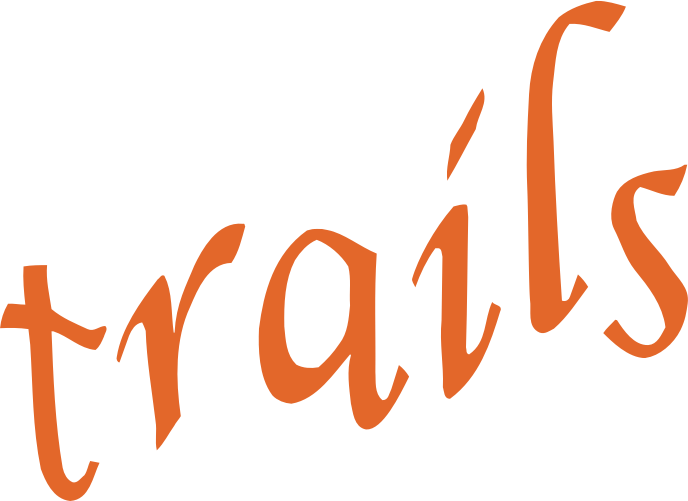-
measure Emotion recognition tasks
Study: Generation R Mode of collection: MeasurementsAndTests Behavioral/cognitive task Available measurements: Generation R 3 yearsChildren's ability to recognize facial emotion (happiness, sadness, anger, and fear) was assessed during a visit to the research centre at the age of 3. The assessment involved a nonverbal emotion-matching task and a verbal emotion-labelling task. In the emotion-matching task, children had to match a face expressing a specific emotion with one of two...Created June 5, 2024 • Updated September 19, 2024 -
measure Reading the Mind in the Eyes Test (RMET)
Study: Generation R Mode of collection: MeasurementsAndTests Behavioral/cognitive task Available measurements: Generation R 9-10 yearsThe Reading the Mind in the Eyes Test (RMET) assesses the ability to recognize complex mental states as expressed by human eyes. Participants pick one of four options (e.g. puzzled, nervous, insisting or contemplative) which they think best describes what the person in each photograph is thinking or feeling.Created June 5, 2024 • Updated September 19, 2024 -
measure Amsterdam Neuropsychological Tasks (ANT)
Study: TRAILS Mode of collection: MeasurementsAndTests Behavioral/cognitive task Available measurements: Population cohort POP - T1 POP - T4
Clinical cohort CC - T1 CC - T4The Amsterdam Neuropsychological Tasks (ANT) are computerized executive functioning tasks. The ANTs measure a diverse range of executive functions, including attention, working memory, and inhibition.Created June 5, 2024 • Updated June 20, 2024 -
measure Approach Avoidance Test (AAT)
Study: TRAILS Mode of collection: MeasurementsAndTests Behavioral/cognitive task Available measurements: Population cohort POP - T4The Approach Avoidance Test (AAT) is a validated assessment of implicit action tendencies towards emotional facial expressions. During the task, participants have to push (approach) or pull (avoid) a joystick when presented with emotional facial expressions. The stimuli consist of male and female faces, and neutral, happy, angry, and disgusted facial...Created June 5, 2024 • Updated June 20, 2024 -
measure Reading the Mind in the Eyes Test (RMET)
Study: Netherlands Twin Register Mode of collection: MeasurementsAndTests Behavioral/cognitive task Available measurements: Young Netherlands Twin Register YC_BS1 YE_COG18The Reading the Mind in the Eyes Test (RMET) assesses the ability to recognize complex mental states as expressed by human eyes. Participants pick one of four options (e.g. puzzled, nervous, insisting or contemplative) which they think best describes what the person in each photograph is thinking or feeling.Created June 5, 2024 • Updated June 20, 2024 -
measure Penn Computerized Neurocognitive Battery (Penn CNB)
Study: Netherlands Twin Register Mode of collection: MeasurementsAndTests Behavioral/cognitive task Available measurements: Young Netherlands Twin Register YC_BS3The Penn Computerized Neurocognitive Battery (Penn CNB) is a Dutch translation of the web-based computerized neurocognitive battery developed by the Brain Behavior Laboratory of the University of Pennsylvania (https://penncnp.med.upenn.edu/). It includes a total of 17 tests, resulting in measures of performance accuracy (the percentage or number of...Created June 5, 2024 • Updated June 20, 2024 -
measure Amsterdam Neuropsychological Tasks (ANT)
Study: Netherlands Twin Register Mode of collection: MeasurementsAndTests Behavioral/cognitive task Available measurements: Young Netherlands Twin Register YE_ATTEF1 YE_ATTEF2The Amsterdam Neuropsychological Tasks (ANT) are computerized executive functioning tasks. The ANTs measure a diverse range of executive functions, including attention, working memory, and inhibition.Created June 5, 2024 • Updated June 20, 2024 -
measure Penn Computerized Neurocognitive Battery (Penn CNB)
Study: YOUth Mode of collection: MeasurementsAndTests Behavioral/cognitive task Available measurements: Child and Adolescent 9 years 12 yearsThe Penn Computerized Neurocognitive Battery (Penn CNB) is a Dutch translation of the web-based computerized neurocognitive battery developed by the Brain Behavior Laboratory of the University of Pennsylvania (https://penncnp.med.upenn.edu/). It includes a total of 17 tests, resulting in measures of performance accuracy (the percentage or number of...Created June 5, 2024 • Updated June 20, 2024 -
measure Emotion experiment
Study: YOUth Mode of collection: MeasurementsAndTests Behavioral/cognitive task Available measurements: Child and Adolescent 9 years 12 yearsThe Emotion experiment is a task that aims to measure emotional face processing. In the task, participants view pictures of faces (happy, fearful, or neutral), and houses in a pseudorandom order. The stimuli were taken from the Radboud Faces Database (Langner et al., 2010) and are presented in blocks of 18 seconds, with four blocks for each of the four...Created June 5, 2024 • Updated June 20, 2024 -
measure Emotion experiment - functional MRI
Study: YOUth Mode of collection: MeasurementsAndTests MRI Available measurements: Child and Adolescent 9 years 12 yearsEmotion experiment - functional MRI consists of a functional Magnetic Resonance Imaging (fMRI) scan that was acquired while subjects performed the Emotion experiment. In the task, participants viewed pictures of faces (happy, fearful, or neutral), and houses in a pseudorandom order. The stimuli were taken from the Radboud Faces Database (Langner et al.,...Created June 5, 2024 • Updated June 20, 2024 -
measure EEG Face Emotion
Study: YOUth Mode of collection: MeasurementsAndTests EEG Available measurements: Baby and Child 10 months 3 years 6 yearsThe EEG Face Emotion task aims understand how the developing brain differentially responds to viewing faces with different facial expressions (happy and fear). In the task, young children (from 10 months onwards) passively watch pictures of happy or fearful faces while their Electrocardiography (EEG) is measured. Note that the same faces, but with neutral...Created June 5, 2024 • Updated June 20, 2024




